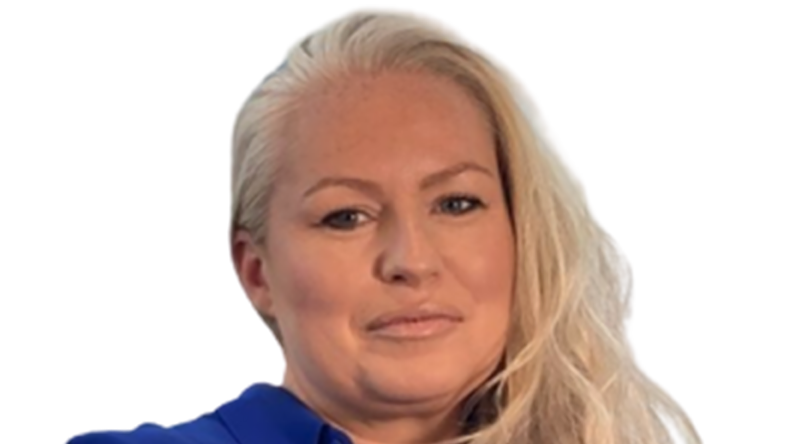Beazley's cyber growth slowed by new war wording
Beazley reported cyber rate increases of 40% across the portfolio in 2022 compared to 88% in 2021
London market re/insurer's CEO expects the market to reach an equilibrium as other insurers update exclusionary language to meet new Lloyd’s guidance
Beazley’s cyber business growth slowed in the last quarter of 2022 as the re/insurer introduced tighter war exclusions, the company's chief executive, Adrian Cox, said.
In addition, moderating cyber rates in the second half of the year meant the business did not see the extra premium it had anticipated at the beginning of the year, Cox added.
But, he said, Beazley’s cyber appetite remained “undiminished”.
Beazley reported cyber rate increases of 40% across the portfolio in 2022 compared to 88% in the previous year, with cyber gross written premiums rising to $1.16bn last year from $814m in 2021.
“We rolled out new [war exclusion] wording in Q4 last year, first for new business and then fully at 1/1,” Cox said. “That has had a temporary dampening effect on new business levels for our cyber book.”
He said that while there was agreement in the market that tighter war exclusions were needed, many insurers were “still figuring out” the transition and not all businesses were implementing the necessary changes at the same speed.
But, Cox said, he believed “equilibrium will be reached over the next couple of months” as new war wording guidelines from Lloyd’s – which has a substantial portion of the cyber market – come into effect at the end of March.
“We’re seeing more insurers from different markets, including the US, quote with these new war exclusions. Because we transitioned slightly earlier than most, there has been an impact on our new business over the last few months, but we’re hoping things will settle down in the early part of Q2,” Cox said.
'We rolled out new [war exclusion] wording in Q4 last year, first for new business and then fully at 1/1. That has had a temporary dampening effect on new business levels for our cyber book'
Adrian Cox, Beazley
On cyber rates, Cox said any changes would reflect the loss environment. “The biggest driver of [rate changes] is what happens to loss activity this year,” he said.
“If [losses] continue to trend downward I think rates will follow because it’s a relatively short-term class at the moment. If it spikes, the class will react – partly depending on the reason for the spiking… If something new, different and unexpected happens the market will need to absorb that, update and move on,” he said.
Cox's comments came as the London market heavyweight reported its strongest full-year underwriting results since 2016, cutting its combined ratio four points to 89%.
However, Beazley also reported its pre-tax profits fell to $191m in 2022 from $369.2m a year earlier, driven by net investment losses of $179.7m.
Rate rises also moderated, with average renewal increases of 14% in 2022, compared to 24% in 2021.
Gross written premiums increased 14% to $5.27bn.
Cox said the business’s underwriting performance “demonstrated we’ve got a good, resilient portfolio”.
The re/insurer saw property premiums rise by more than 40% in January, which Cox said was in line with the business’s plan when it underwent a capital raise last November – in part to fund the growth of its property line.
He added the capital raise allowed Beazley to retain a lot more risk on its own book. “Much to the disappointment of our reinsurers, we did reduce the amount of proportional reinsurance that we buy in specialty risk and cyber,” Cox said.
“The reinsurers did understand our rational and remain very supportive. We could have placed a lot more reinsurance than we actually did,” he said.




